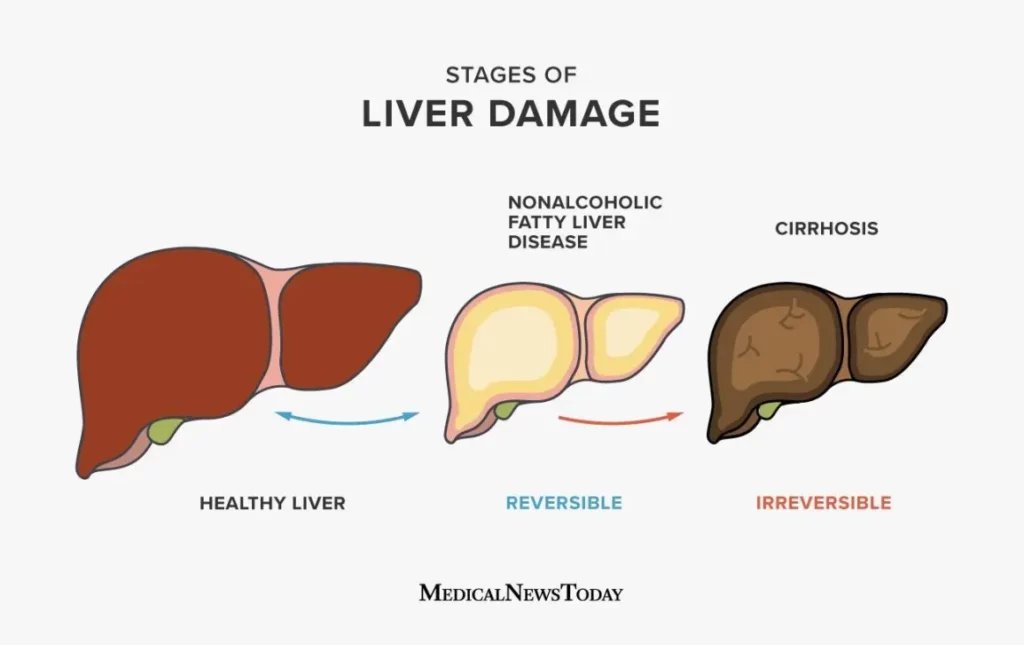Metabolic Dysfunction Associated Steatotic Liver Disease (MASLD) formerly known as Nonalcoholic Fatty Liver Disease (NAFLD) is the most common chronic liver condition in the United States with a prevalence of 30% of the general population and 50-90% in obese subjects. It is defined by an accumulation of fat content greater than 5% of the liver weight that is not caused by excessive alcohol consumption. It generally causes little to no inflammation or damage to the liver cells, but the buildup of fat makes it harder for liver to function properly. If left untreated MASLD can develop into a more severe form known as Metabolic dysfunction-associated steatohepatitis formerly known as Nonalcoholic Steatohepatitis or NASH. In addition to fat in the liver, hepatitis creates inflammation, damages liver cells leading to fibrosis and eventually cirrhosis or scarring of the liver. Studies show MASLD can increase mortality by as much as 70% due to an increase in cardiovascular disease, cirrhosis, hepatocellular and non-liver carcinomas, tumors of the gastro-intestinal tract and diabetes mellitus.
Most people with MASLD have few to no symptoms at all making it a silent disease. The most common symptom reported is fatigue while others may experience a dull, achy pain in the right upper quadrant of the abdomen, weight loss or weakness. The gold standard for diagnosis is a liver biopsy however performing a liver biopsy on everyone with suspected MASLD is controversial. Several labs can indicate the presence of fatty liver including elevated liver enzymes alanine aminotransferase (ALT), gamma-glutamyl transferase (GGT), triglycerides and insulin. If labs are consistent with fatty liver an ultrasound can be performed to confirm, typically showing brighter more echogenic or hyperechoic than a normal liver.
There are several contributors to MASLD including diet high in fructose and processed foods, obesity, type 2 diabetes, dyslipidemia, and insulin resistance. Insulin resistance contributes directly to MASLD by a complex, highly metabolic pathway known as de novo lipogenesis (DNL). DNL converts excess carbohydrates into triglycerides which is why we see elevated triglycerides with fatty liver. Dysregulation of DNL is highly associated with obesity and metabolic syndrome.
There are no FDA approved medications to treat MASLD. The main treatment consists of dietary adjustments and supplements. Decreasing fructose consumption is key. Fructose is a naturally occurring sugar in fruit, fruit juices and vegetables. The main dietary source comes high fructose corn syrup which is used to sweeten many processed foods and beverages. Fructose promotes formation of fat in the liver, blocks breakdown of existing fats, promotes insulin resistance and stimulates free radical production and oxidative stress. The liver is the major site for choline metabolism, where it is primarily found as phosphatidylcholine. Supplementing choline can help by removing fat from the liver. This can be taken in an oral form or even better as injections of Phosphatidylcholine (PTC) twice a week. Vitamin E helps to decrease triglyceride accumulation and reduces inflammation in the liver. Berberine helps improve insulin resistance and curcumin decrease inflammation. Other beneficial supplements include NAC, omega 3s, milk thistle, L- carnitine, SAMe and EgCG.
MASLD is a preventable disease associated with diet and lifestyle. If you want to see if you are at risk or are interested in Phosphatidylcholine (PTC) injections, please call Renaissance Health Centre at 702-258-7860 to schedule an appointment with Dr. Nicole Hujer.
Nicole Hujer NMD

